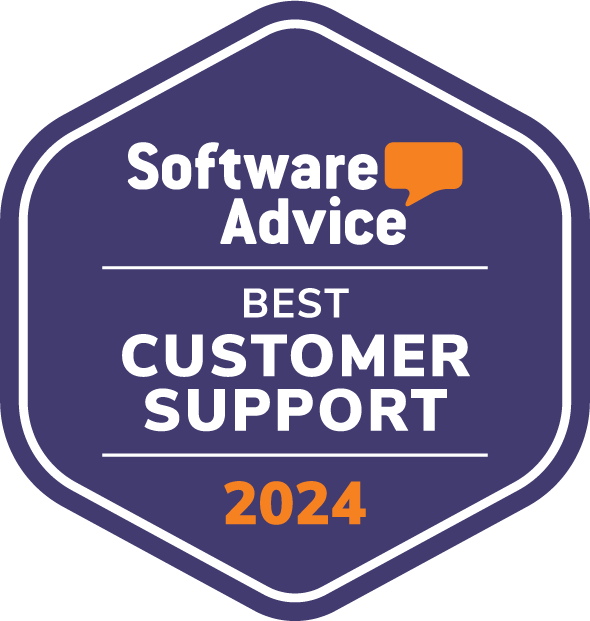For example, we look at ARR, industry, size and location to determine a qualifying lead that is worth meeting with.
My company has clearly ‘defined its criteria’ for qualifying leads, and it is just as important, if not more to be just as scrupulous when looking for a new pricing tool to implement into your system.
Just as an SDR employs a detailed approach to pinpoint their ideal customer profile, ensuring a match that benefits both parties, the journey to choosing the right pricing tool for your business demands a similarly careful and considered method.
Below, you will learn my top 4 tips for retailers and brands that are embarking on this critical search to elevate their pricing strategy.
1. Pricing Tool With an Open Platform and a Rule-Based Strategies
Implementing a pricing tool with an open platform and rule based strategies are KEY for a business with very specific and demanding needs.
The open nature of the platform allows for 100% personalisation of your pricing strategy and often allows for your own developers to have the ability to personally curate your strategy to fit your business within your tool.
On the other hand the inclusion of rule based strategies enable you to easily adopt strategies that were proven to work and quickly collect some low hanging fruits.
If your budget allows it, a pricing tool with an open platform and rule-based strategies are a game-changer for your pricing strategy.
2. Pricing Tool that Supports Omni-Channel
Is your business pure online? Maybe some B&M stores in different locations? Or maybe you’re selling your products on some marketplaces like Amazon or Shopify?
When searching for a pricing tool, selecting one with omni-channel functionality is a MUST for businesses that sell its products on more than one platform.
A pricing tool with omni-channel functions will allow you to have full visibility over your pricing strategy, plus the ability to modify and track the performance of SKUs per channel.
3. AI-driven Pricing Tool
Yes, AI. The buzzword of the year across the board.
To remain competitive in 2024, it is imperative to utilise a bit of AI in your everyday work life.
AI is becoming a modern-day catalyst in the back end of a well-oiled retail machine, making life more efficient and data-enriched.
AI in retail uses data science, machine-learning algorithms and predictive analytics to accurately forecast sales, optimise profit, calculate price elasticity, cross elasticity and even competitor sensitivity to track your competitor’s price changes amongst their products.
Want to keep up with the big boys? Implementing a pricing tool with AI is your best bet.
4. Pricing Tool That is Swift in Implementation Time
This one may seem a little obvious at first glance, but looking for a company with a quick implementation time goes far further than just selecting an efficient tool, it’s about who you’re choosing to work with and how they like to operate.
Selecting a pricing tool from a company with a cohesive team, strong values and swift implementation methodology is a recipe for success in SaaS pricing – time is money as they say!
At Quicklizard, thanks to the power of AI, automation and more, we pride ourselves on our ability to customise our product to the specific needs of our customers.
On our 100% open platform, our omni-channel functionalities, state-of-the-art AI modules and swift implementation times of 12-16 weeks – there is a reason why we are one of the world’s leading AI-powered Dynamic Pricing Tools for Retailers and Brands.
Anything more you’d like to know? Feel free to reach out to me and I’ll gladly walk you through the process.










